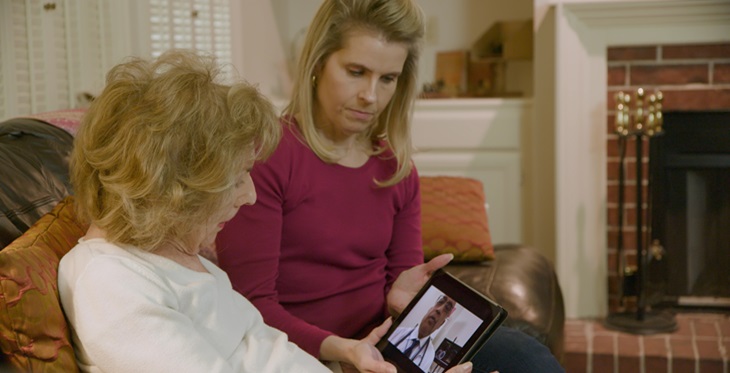SEARCH 2026: Advancing the Future of Telehealth Research

The landscape of healthcare delivery has been transformed by digital innovation, and as we move further into the connected health era, the need for rigorous research and meaningful dissemination has never been more critical. The Society for Education and the Advancement of Research in Connected Health (SEARCH) will be holding SEARCH 2026 – The National Telehealth Research Symposium, June 2-3, 2026, in Chapel Hill, North Carolina. It will showcase connected health efforts, strategies, and partnerships, specifically those that focus on the research of telemedicine, telehealth, eHealth, mHealth, and other healthcare technologies.










